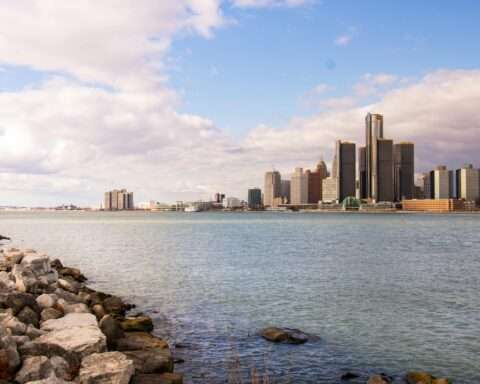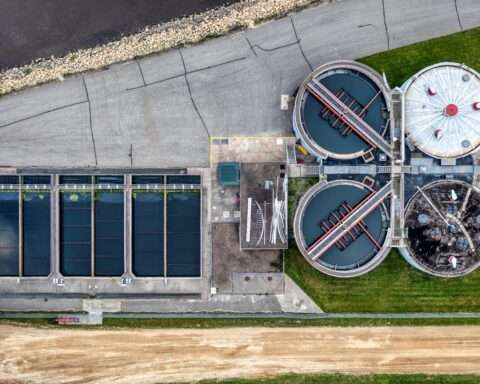The Department of the Interior (DOI) made two decisions to protect fish and wildlife habitat, rivers and streams and other resources across Alaska. The DOI rejected a project that would build a 211-mile roadway from Ambler River to Dalton Highway. In addition, the agency will retain protection of over 28 million acres of public lands.
The DOI issued a Record of Decision (ROD) on June 28, 2024, selecting the No Action Alternative for the Ambler Road project. The $350 million, 211-mile, two-lane access road would have provided exclusive infrastructure for mining-related industrial use. The Alaska Industrial and Development Export Authority (AIDEA), which proposed the project, would have built bridges, material sites, maintenance stations and related infrastructure and utilities.
The ROD means AIDEA will not have right-of-way access across Bureau of Land Management (BLM)-managed lands. The BLM’s Final Supplemental Environmental Impact Statement (EIS) showed that the project would severely affect at-risk wildlife populations, reduce the availability and accessibility of subsistence resources and that permafrost impacts would make the road unreclaimable.
The second action retains protections over 28 million acres of land that will prevent potential development from affecting natural and cultural resources across the state. Lifting the protections would have opened the public lands to mining and oil and gas drilling, as well as removing federal subsistence priority from millions of acres.
The BLM performed a Final EIS that determined that revoking the land protections would harm subsistence hunting and fishing in communities, affecting 44 to 117 native Tribes, corporations and Tribal entities. In addition, lifting the protections would have lasting negative impacts on wildlife, vegetation and permafrost.
While the Final EIS identifies “no action” as the preferred alternative, the decision will only be finalized after the Record of Decision is signed at least 30 days after the statement’s publication. Prior to publishing the Final EIS, the BLM received around 15,000 public comments on the draft analysis from Alaska Native Tribes and corporations, rural and urban communities and the public.












